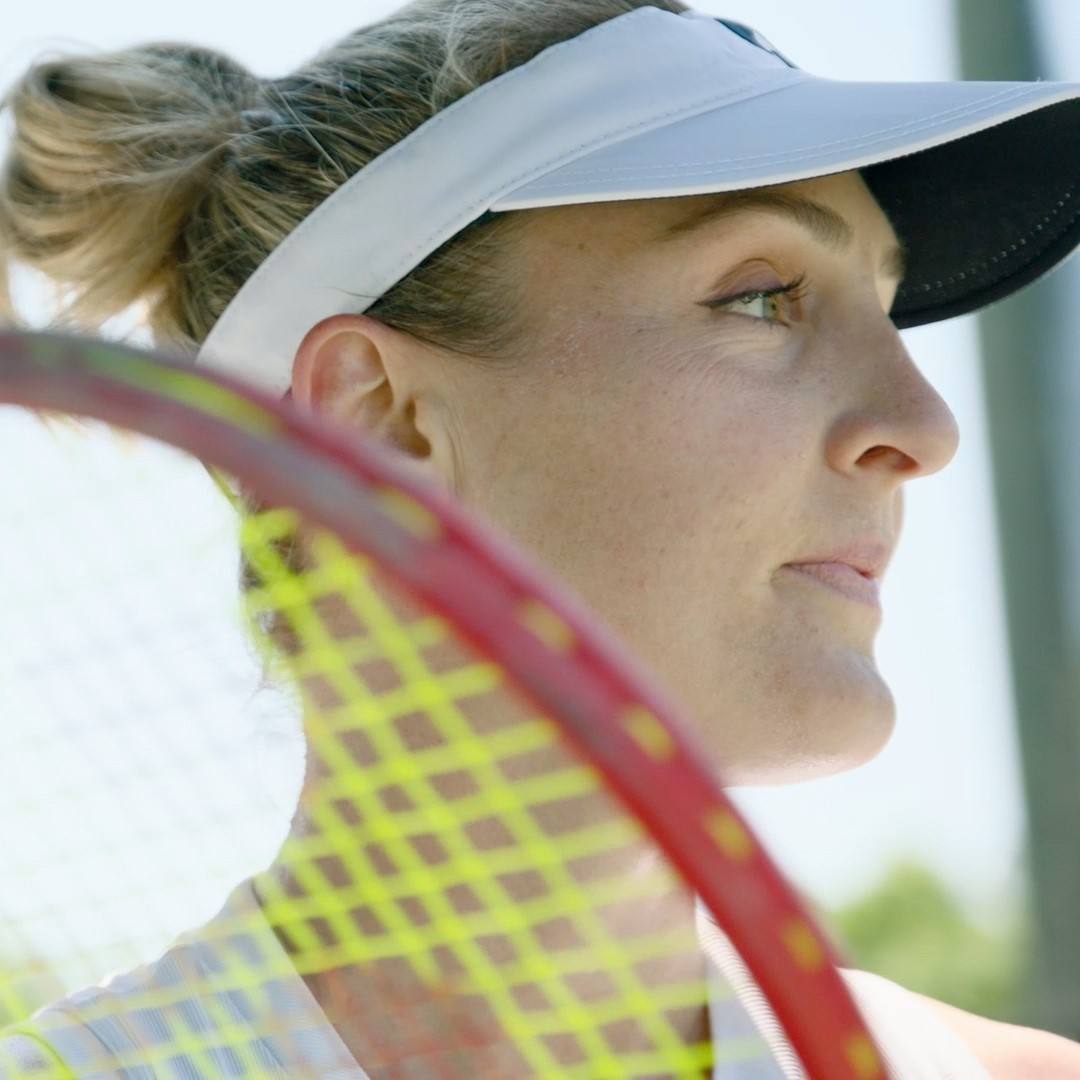After being diagnosed with cancer, Joan Hittner, along with her husband, David, created an organization to raise money to find a cure. Today, David and daughter Christine continue the work.
In 2011, Joan and David Hittner opened a letter from the Mayo Clinic Department of Development. Inside was a request: Would they consider donating $25 to support cancer research?
The Hittners quickly agreed that $25 wasn’t nearly enough.
“After what we’d just been through, that seemed a minuscule amount,” says David. “We started talking about what more we could do.”
The couple, from the Winona, Minnesota, area, had recently returned from Mayo Clinic in Rochester, where Joan had undergone surgery to remove tumors that had encompassed her pancreas and invaded her intestines.
Joan's battle with cancer had started six years earlier. She’d gone to her doctor with what she thought was a gallbladder problem. Instead, Joan found out she had carcinoid cancer, and she was told surgery was her only treatment option. “The cancer was incurable,” says David, and “chemo and radiation wouldn’t work.”
So Joan had her first surgery in 2005, with doctors removing her gallbladder, and portions of both her small and large intestines. By 2011, more tumors had developed and required additional surgery. This time, Joan’s doctor in La Crosse recommended the Hittners go to Mayo Clinic for treatment. They did, and soon after returning home received the letter from Mayo’s Department of Development.
Inspired by the letter and Joan’s experience as a patient, the Hittners decided to create a nonprofit organization to raise funds to support Mayo’s cancer research efforts. The organization would be called Golden Dream — with a “golden dream” of finding a cure for the disease that had affected Joan and so many others.
“Joan didn’t want the focus to be on her, or on carcinoid cancer,” says David. “She wanted to help anyone with cancer. She’d been a nurse her entire adult life and had always helped other people. What better way to carry that on than by starting Golden Dream?”
The organization’s inaugural fundraising dinner was held in November 2012 and raised close to $8,000. Joan and David immediately began planning the next event. In the spring of 2013, however, planning was put on hold as Joan’s illness worsened.
“Joan did well for six months after the surgery at Mayo, but then she developed more tumors,” says David. “She had another surgery in May 2013 but never really recovered.”
 From that point on, Joan needed continuous care, and David essentially created a hospital room in the couple’s home. He cared for Joan until she passed away on June 21, 2013.
From that point on, Joan needed continuous care, and David essentially created a hospital room in the couple’s home. He cared for Joan until she passed away on June 21, 2013.
In the months after Joan’s death, David resumed planning Golden Dream’s second fundraising dinner. His daughter Christine joined him, taking over the work her mother had started. Together they planned an event that honored Joan’s memory and raised close to $20,000.
When David and Christine came to Mayo Clinic last fall to present the gift, they were given a tour of Mayo’s developing proton beam therapy facility. Proton therapy is a new type of radiation treatment that is expected to significantly increase cancer cure rates and reduce long-term side effects of treatment. The first patients will begin receiving treatment at Mayo’s facility in 2015.
“That’s the type of thing we’d like to help fund through Golden Dream,” says David. “It’s Star Wars stuff, light years ahead of where we were 20 years ago.”
David says that Mayo’s strong research programs are part of what inspired him and Joan to donate to Mayo Clinic. David says they also liked the idea of supporting an organization “in our own backyard.”
David and Christine continue to look ahead, and are making plans for Golden Dreams’ future. There will be another fundraising dinner on Nov. 3, 2014, with a focus on local art. For even though Joan is gone, David says, the need for the organization she helped start remains.
“We don’t do this for Joan or for the 1,500 people who die every day from cancer,” he says. “We do it for the 3,400 people who are diagnosed (with cancer) every day. We hope that with enough research, sooner or later there’ll be a cure.”
HELPFUL LINKS
- Learn more about carcinoid tumors.
- Learn about cancer treatment at Mayo Clinic.
- Explore the resources of Mayo Clinic Cancer Center.
- Read about cancer research at Mayo Clinic.
- Learn how you can support cancer research.








